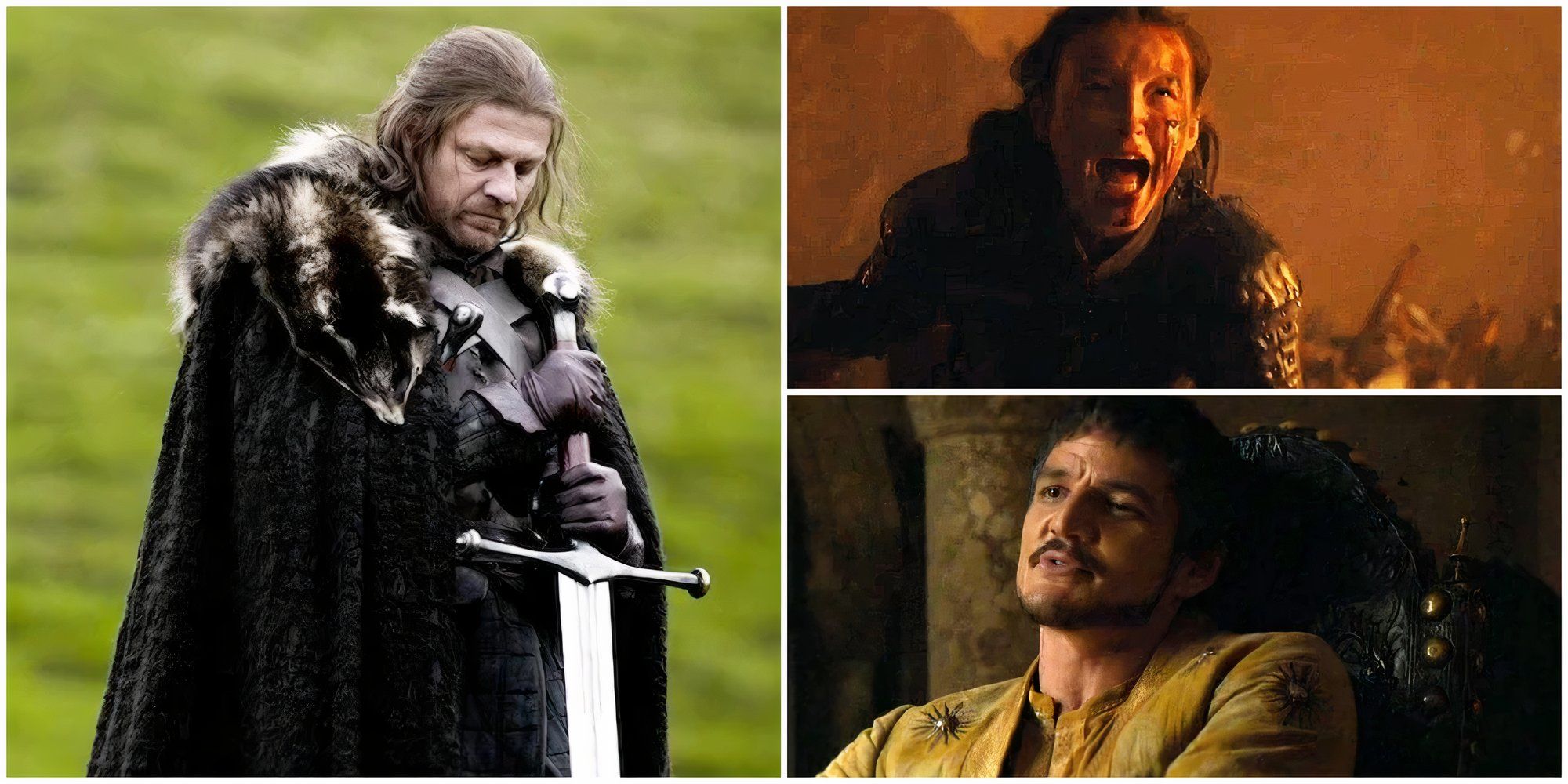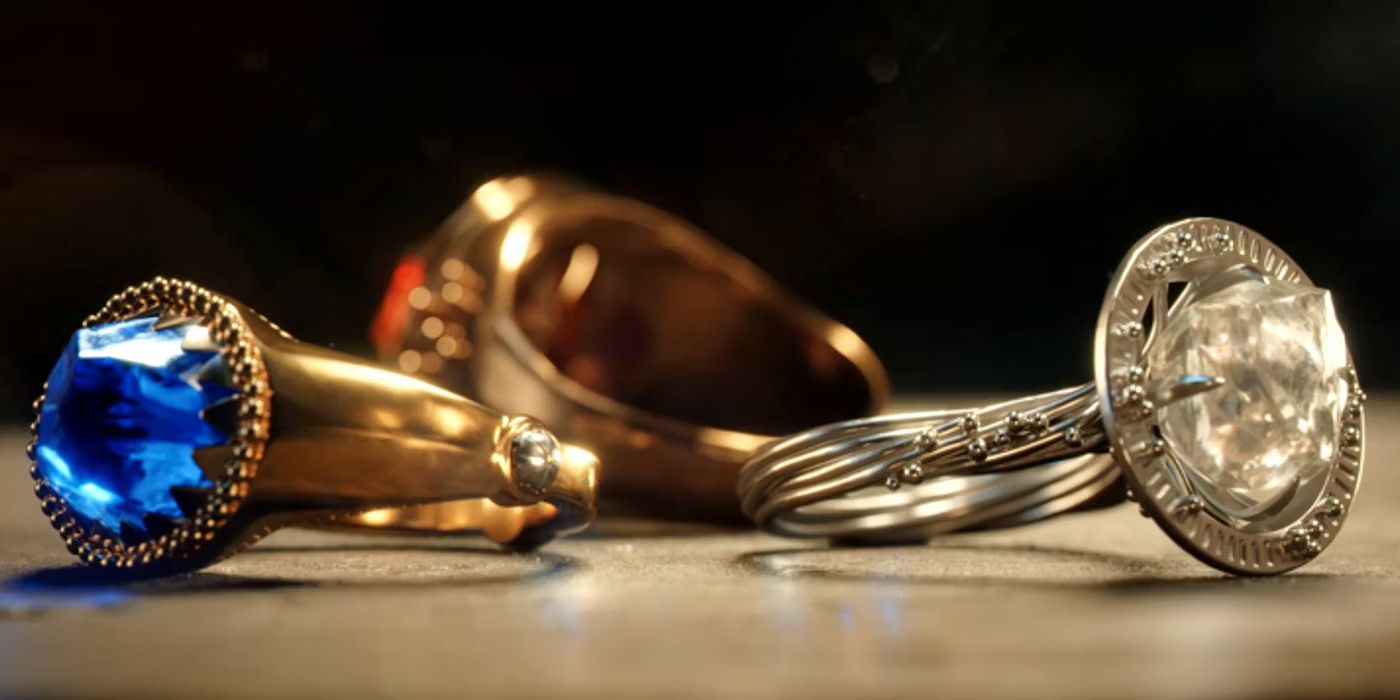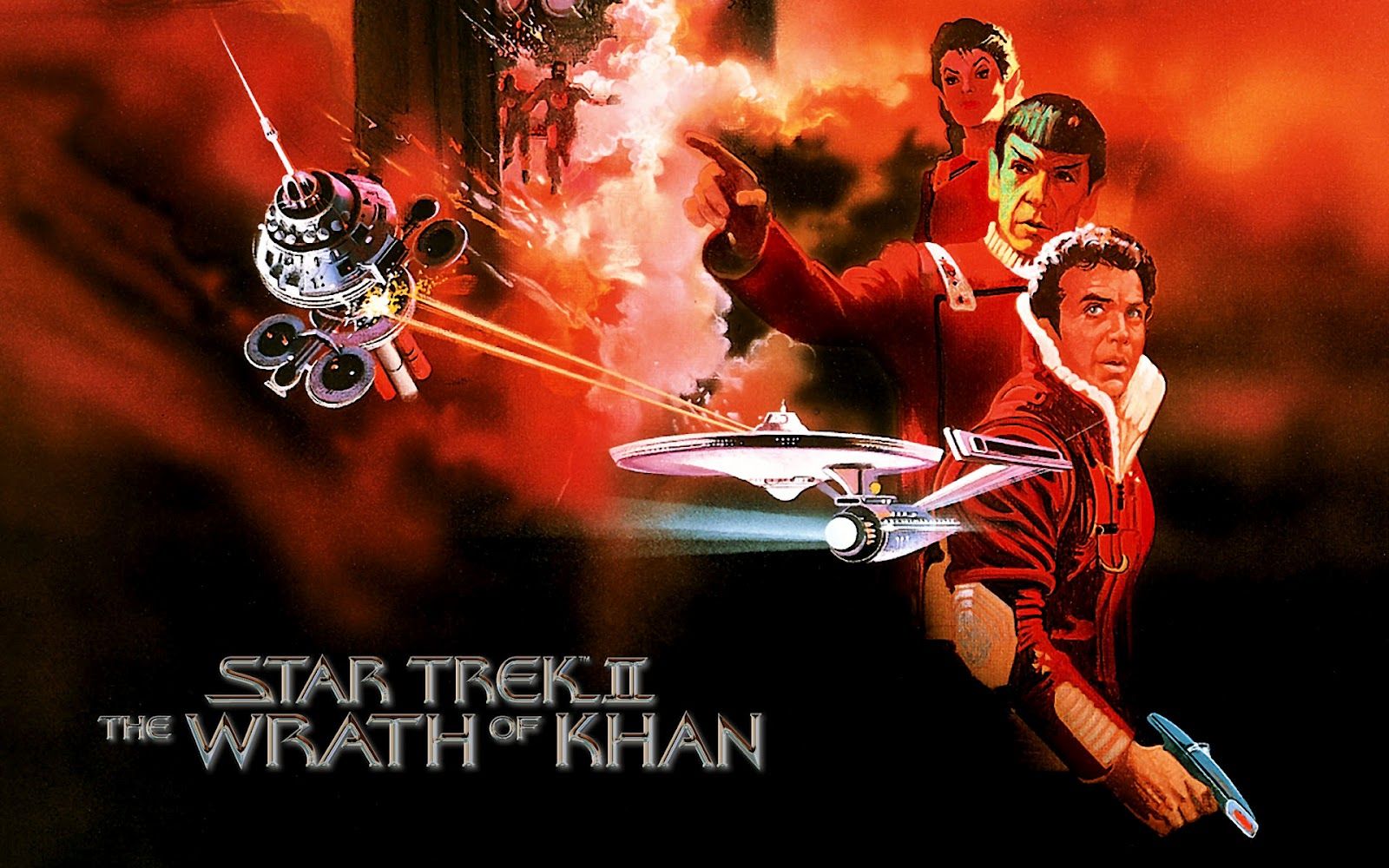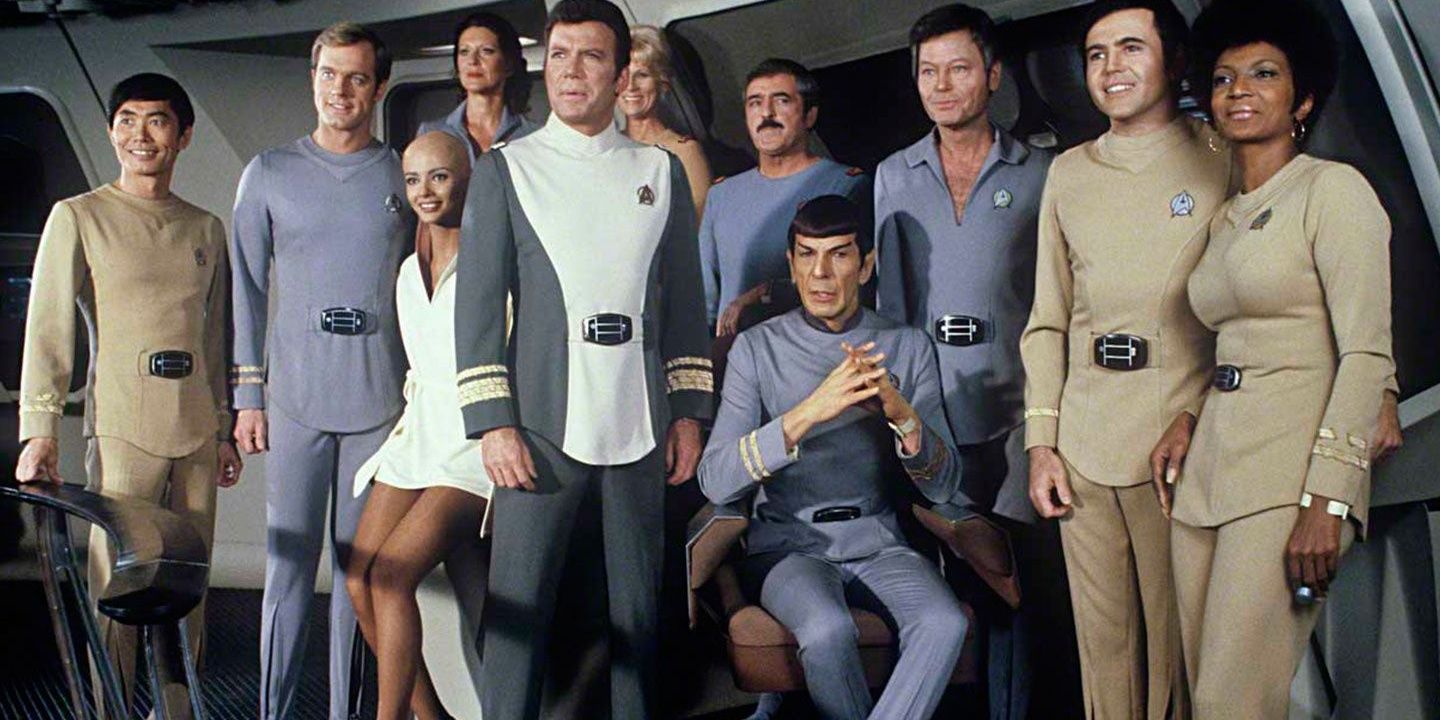Star Wars really did change everything. After the smash hit film landed in 1977 and took the box office for everything it was worth, hanging around in theaters month after month raking it in, every studio in town wanted their own version of the money minting space opera. Cue Paramount looking at the lineup of the recently purchased CBS, and turning their eyes on Star Trek.
Star Trek had been in mothballs since its truncated third season — itself truncating the series from the 5-year mission to seek out strange new planets the intro made so famous. Paramount took the Enterprise out of dry dock, shook the moths out of the yellow, red, and blue velour uniforms, and set sail with the intrepid crew once again. However, it wasn’t until Star Trek II: The Wrath of Khan that they’d plot the course of the franchise for good. The film is still one of the most iconic pieces of media in the franchise today — and for good reason.
Jettisoning Gene Roddenberry
Having tried to figure out what to do with the show throughout the 70s, Paramount put the rush on Trek when Star Wars took over the box office. They took a look at Gene Roddenberry had been working on, an offered an even more utopian view of the Star Trek property. Humanity, beyond getting past racism and sexism, no longer even suffered interpersonal conflict. Some of what Roddenberry conceived would become Star Trek: The Motion Picture, and some would evolve into what would become Star Trek: The Next Generation.
The first film, however, didn't work so well. It turned a colorful, pulpy sci-fi series in which William Shatner’s Captain Kirk romanced as many alien women as the ship landed on planets, into a colorless bore where Kirk’s only lustful gaze is during an overly long shot caressing the curves of the updated Enterprise. Dress every adult in a white, beige, or gray onesie (complete with footies) all while the crew is battling an existentiality overgrown space probe, and the whole mess means Star Trek is no longer ripe for moving merch and selling toys as a competitor to the Star Wars juggernaut.
When it came time for the sequel — what would have originally been the last in the franchise if it hadn’t done well — the team took a completely new direction. They gave Kirk a character arc, a nemesis, and a son from a previous relationship. Leonard Nimoy agreed to return as Spock if his character could be killed off. The film went back to a more classic look — uniforms that actually looked like uniforms, ship-to-ship combat, battling on planets and getting down to the pulpy, rollicking adventure that had defined every episode of the 1960s series. And the team jettisoned Roddenberry, who was unhappy they hadn’t continued in the philosophical, conflict-less direction he’d wanted to take the franchise in — and booted him off the creative teams of any future entries.
Boldy Going Where They Had Gone Before
Reaching back to the series itself, Star Trek II: The Wrath of Khan takes the character of Khan Noonien Singh (played by human chest model, Ricardo Montalban), a remnant of a late-20th-century experiment in creating genetic supermen gone awry. Now, the big goon wants revenge on Kirk for exiling him to space at the end of the episode, “Space Seed.” It hits on the best things that Star Trek does well — fisticuffs, pulp, and a heady premise of people in the future having to deal with the ghosts (or eugenics monsters) of the past by cleaning up the old messes of their forefathers.
It also grounds Kirk with a family he didn’t know he had, as well as making the trio of Kirk, Spock, and “Bones” McCoy (DeForest Kelley) central to the story, instead of having the men who embody both aspects of Kirk’s personality — the tactician and the humanist — as side characters that show up late into the movie. When Spock sacrifices himself at the end, it's an incredibly emotional moment. The writers knew audiences cared about these characters again, because they were back to being the ones fans had known and loved.
Khan also brought back the naval combat that the series did so well in episodes like “Balance of Terror,” using clever piloting and tactics again instead of trapping the Enterprise inside a giant spaceship’s tractor beam. And it gives all the crew — Uhura, Scotty, Chekov, Sulu, and the rest — their own moments to shine instead of making them afterthoughts, as in The Motion Picture.
In other words, Wrath of Khan allowed Trek to be Trek. It tossed any of the new directions that Roddenberry wanted to warp it into, which would have steered the franchise toward Tarkovsky instead of Buck Rogers. It anchored the characters and story in ways audiences had come to expect, while still taking them in bold directions, which was the true ethos of the series. The crew was back to exploring strange new worlds, and boldly going where no man had gone before, even if where no man had gone before — in the case of Star Trek II: The Wrath of Khan — was back to the original series itself.






